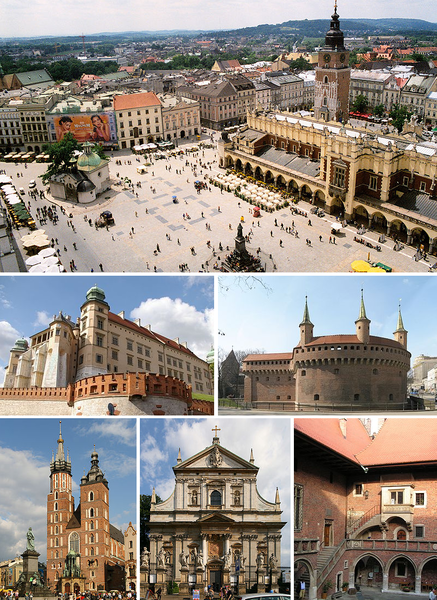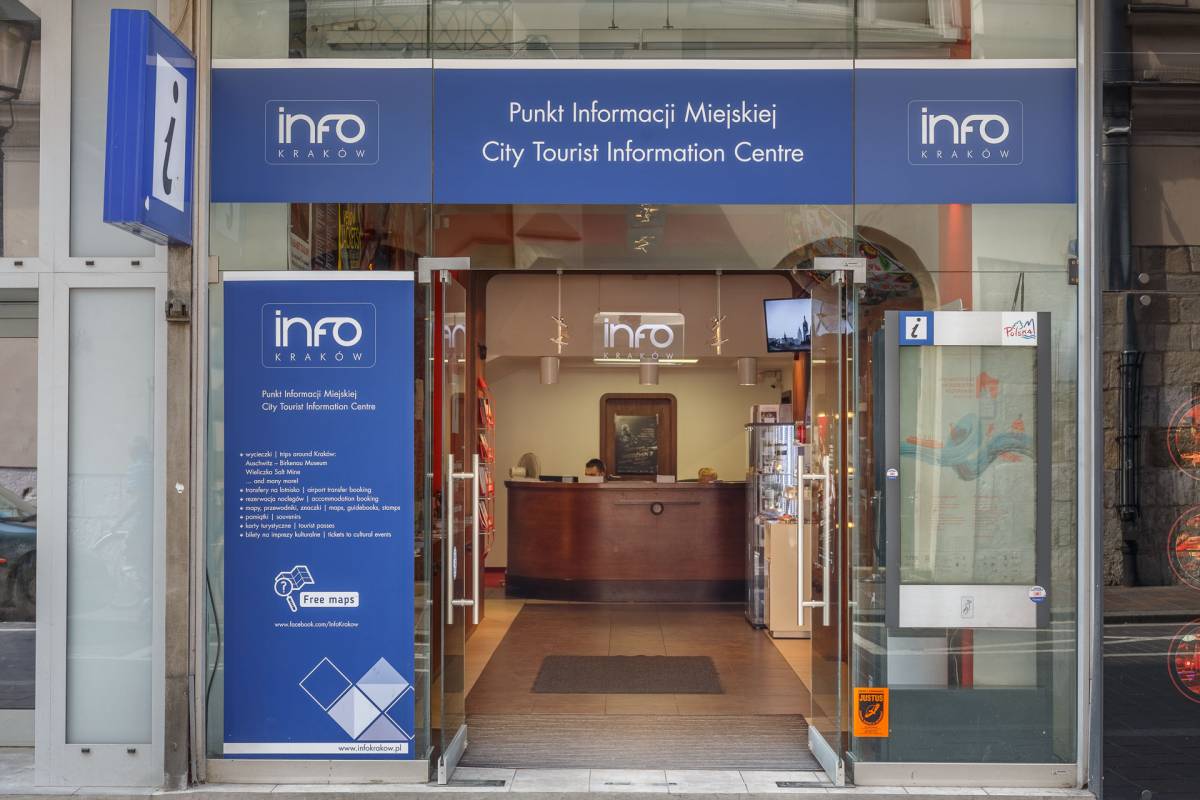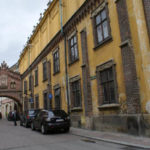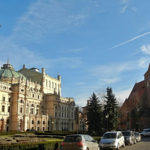
W każdym mieście i w każdej mieścinie (patrz dowolny western) dworzec kolejowy stanowił główny punkt odniesienia i orientacji w terenie. Tak też jest w Krakowie, gdzie budynek Głównego Dworca PKP znajduje się prawie pod bokiem Starego Miasta.
Dworzec Główny
Jeszcze kilka lat temu dworzec raczej podważał dobre imię miasta. Na peronach panowała ciasnota, a poczekalnia, kasy i restauracja dworcowa nie odbiegały zbytnio od standardów „azjatyckich”. W ostatnich latach obiekt wypiękniał, stał się bardziej funkcjonalny i jest już bliski (wciąż trwa przebudowa) osiągnięcia dobrego, europejskiego poziomu. Urządzono tu wygodny, czysty i elegancki bar samoobsługowy z wielkimi żyrandolami pod sufitem, liczne kasy, punkty informacji, przechowalnie bagażu, kioski z gazetami, słodyczami, gadżetami, toalety, prysznice, jest także apteka.
Przed głównym wyjściem z dworca rozciąga się plac Kolejowy. Dniem i nocą panuje tu wzmożony ruch pieszych i zmotoryzowanych. Poza postojem taksówek przestrzeń wypełniają liczne stragany, na których handluje się produktami spożywczymi oraz gazetami, kasetami magnetofonowymi, biżuterią, konfekcją i innymi produktami pierwszej potrzeby. Naprzeciwko budynku dworca kolejowego znajduje się niepozorny i ciasny dworzec PKS. Od strony południowej plac Dworcowy zamyka szary budynek poczty. Aby dostać się do centrum, najlepiej zagłębić się w przejście podziemne (zaraz za pocztą) obstawione przez sprzedawców ulicznych, oferujących „wszystko”: od oscypków i krakowskich obwarzanków począwszy, a na szczeniaczkach rasy owczarek podhalański skończywszy. Z przejścia podziemnego można wyjść na ul. Basztową, ul. Westerplatte albo na ul. Lubicz.
Gmach Dworca Głównego kolei przypominał neogotyckie dworce budowane w XIX w. w wielu miastach galicyjskich. W podobnych sceneriach, dla przykładu, w latach I wojny światowej oberleutnanci dawali swoim żołnierzom do polizania jedną połówkę cytryny w ramach dowitaminizowania CK Armii.
Krakowski „Bahnhof” wzniesiono w latach 1844-1847 według projektu Piotra Rosenbauma. Początkowo służył linii kolejowej łączącej Kraków ze Śląskiem – pociągi stąd docierały aż do Wrocławia – później, kiedy zbudowano połączenie Krakowa ze Lwowem – otworzył się na wschód.







